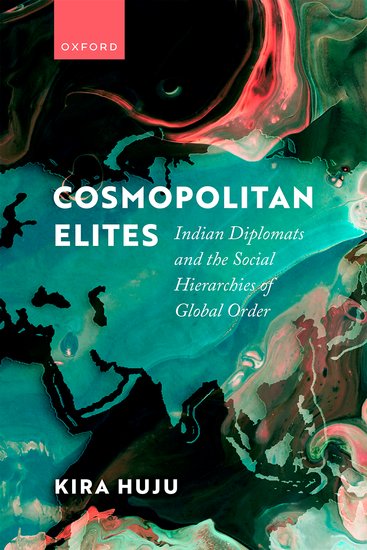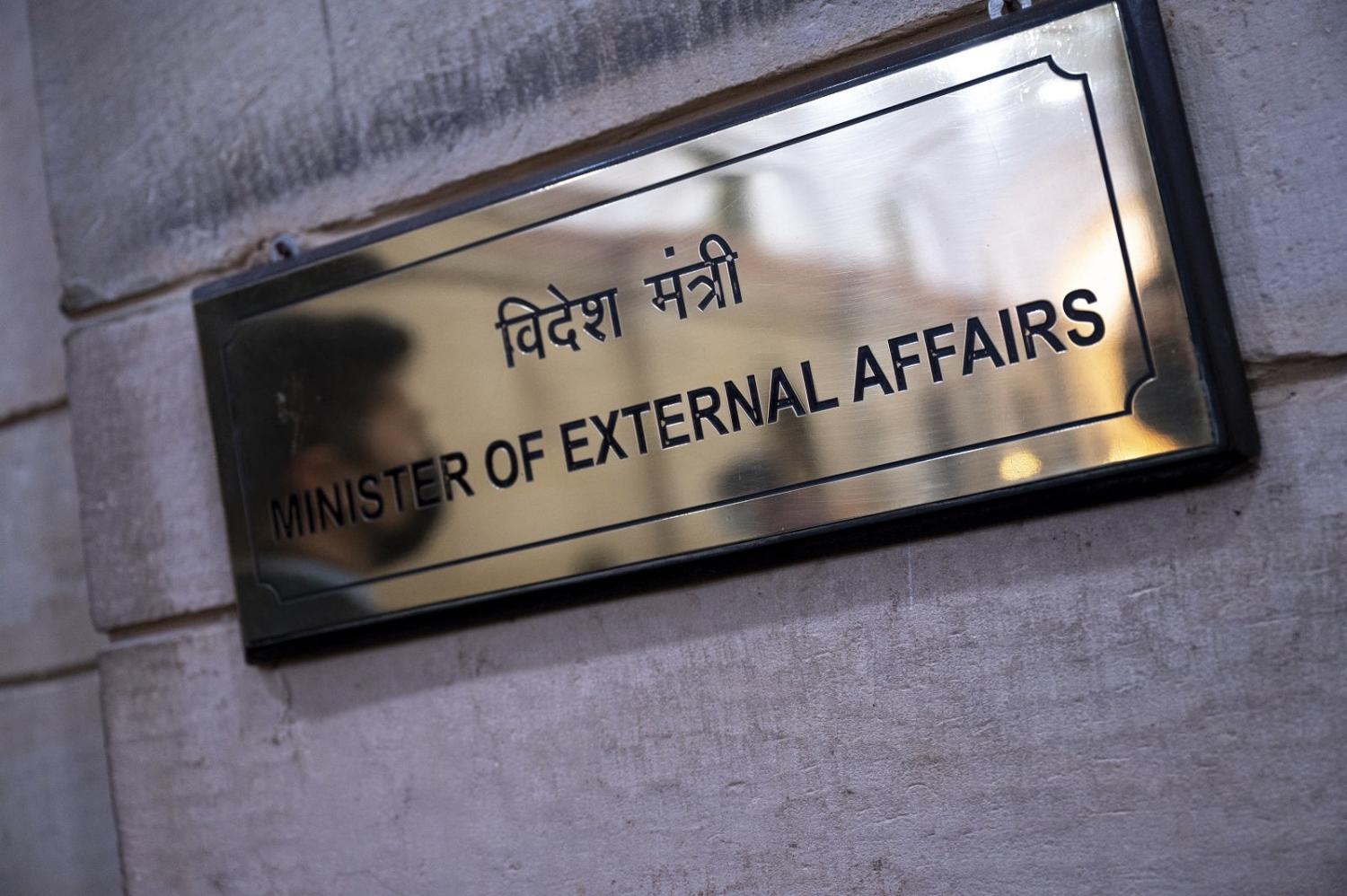Book Review Cosmopolitan Elites: Indian Diplomats and the Social Hierarchies of Global Order, by Kira Huju (Oxford University Press, 2023)
Kira Huju places Indian diplomats in two ambivalent worlds.
In one, the Indian diplomat constantly tried to imitate their European colonial master: spoke like them, ate like them, drank like them, joked like them – and somewhat became them. However, he (and it was he for many years) could never fully become them, as he always remained marginalised in the racial hierarchies of the European order.
In the other world, the Indian diplomat represented a poor, unequal country that championed the Bandung spirit of third-world decolonisation across the globe. During the 1955 Conference of Afro-Asian Nations in Bandung, India’s Prime Minister Jawaharlal Nehru advocated for a political division of the world based not on power differentials but on the acuteness of postcolonial disparities. To foster the Bandung spirit, Indian diplomats used the Nehruvian ideal of demanding an equitable and honourable treatment of postcolonial India within the international system.
In The Cosmopolitan Elite: Indian Diplomats and the Social Hierarchies of Global Order, Huju explains how Indian diplomats navigate these two worlds, having interviewed 85 Indian diplomats, politicians, and academics to place these “cosmopolitan elites” in the context of world order. She also treads through several private papers and countless historical materials. This book presents an account from the margins of the social hierarchies of race, class, caste, religion, and gender that make for the liberal international order.
When India attained independence in 1947, a significant administrative apparatus of the colonial state was swiftly converted into machinery to support a postcolonial state. As a result, the colonial remnants and its best interpreters (the Indian bureaucrats in the British Empire) retained the form and content of colonial India. Huju thus argues: “Independence did not mark the departure of the old world and the arrival of the new one” but a mere transition. What emerged among Indian diplomats was a “cleft habitus”: a hybridity that mediated between the seemingly ambivalent elitist worldliness and postcolonial authenticity.

There was a specific genealogy in the making of an Indian diplomat. Most had studied at The Doon School in Dehradun, then moved to St Stephen’s College in Delhi, then to Oxford or Cambridge university in the United Kingdom, and thereafter cleared civil services to join the elite foreign services. Several books were written to assist with training Indian diplomats, including in the 1950s with K.P.S. Menon’s Dos and Don’ts in the Indian Foreign Service to suggest appropriate official and private behaviour, attire, entertainment, and eliteness. Their education had already instituted in them a left-leaning liberal, Anglophile, Nehruvian, and Third-Worldist worldview. The Indian diplomats came from similar caste and class hierarchies. Even in the Nehruvian era, several Kashmir pandits – and many family members of Nehru himself, such as B.K. Nehru, R.K. Nehru, and Vijayalakshmi Pandit – held prominent diplomatic positions. Over the years, several others emerged with the moniker as diplomatic families, such as the Bajpais and the Menons.
How do these Indian diplomats think about and situate themselves in the world? Huju discusses the Sisir Gupta paradox, referred to as the “third world country with first world attitude”. Even though the Indian diplomats professed the Bandung spirit among their fellow global elite, they simultaneously treated diplomatic posting in African countries as punishment postings, despite all the rhetoric around Third-Worldism and decolonisation.
Similarly, even while navigating the cosmopolitan sphere of world diplomats, they often complained of being misrepresented as “the lower castes of the world”. However, on their home turf, several extolled the logic of preserving the purity and eliteness of services, often remaining oblivious to caste and gender conditions. Achieving racial equity was paramount in their global project, yet caste was a footnote in their understanding of Indian society. Huju’s attempt at discussing caste and caste consciousness among the Indian diplomatic elite is impressive.
With the rise of Hindu nationalism since 2014, the Indian cosmopolitan elite has been in flux. Since Prime Minister Narendra Modi took power, Huju discusses a new value system of “Indian difference” has emerged, displacing the age-old Nehruvian consensus of secularism and diversity. Such a Hindu nationalist vision contrasts with the cosmopolitan vision of Indian diplomats, and Hindutva’s rejection of postcolonial diversity often alienates some among the diplomatic corps. The “saffronisation” of Indian diplomatic missions has taken two forms: first, there is an aggressive push to marginalise English as a medium of communication in favour of Hindi; second, more Hindu events, from a reading of the Bhagavad Gita to the inauguration of temples (the latest one in the United Arab Emirates), to an assertive push for Yoga and Ayurveda, as well as the representation of Hindu artefacts and symbols as Indian cultural signifiers.
No one better could have captured the story of the anglophile Oxbridge-obsessed Indian diplomatic elite. Huju’s display of empirical and analytical rigour is brilliant, situating herself as an Oxford-trained scholar with the people she interviews. This book is a must read to understanding contemporary Indian outlooks on the world.

